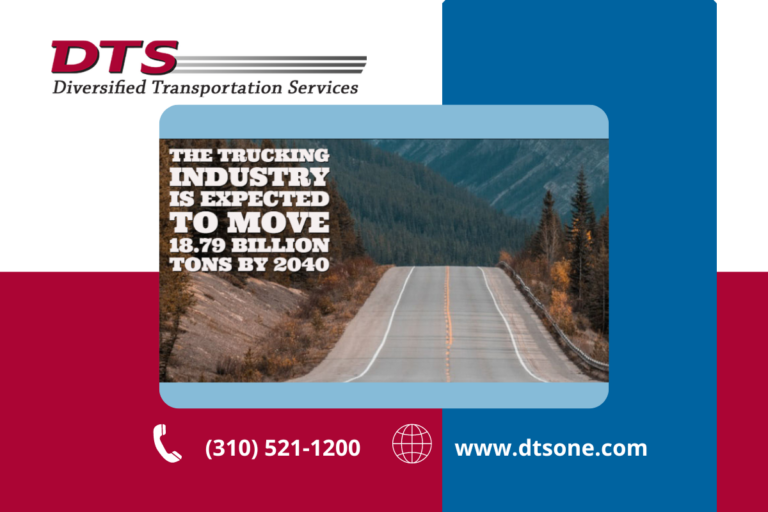
Full truckload shipping and LTL (less than truckload) shipping are quite different from each other. It’s honestly impossible to say which option is better, it just depends on your company’s needs. Freight type, legal requirements, and several other factors all come into play in deciding which type of freight you choose. For each shipping project, you’ll need to define the pros and cons of each option as they relate to you now.
In 2013, the trucking industry transported almost 15 billion tons of cargo. According to the Bureau of Labor Statistics, that number will increase to about 18.79 billion tons by 2040.
In this article, we’re going to review some challenges that are typically involved in full truckload shipping so you’re well prepared for shipping your goods.
There’s a Large Number of Carriers
Less than truckload freight is represented by a surprisingly limited number of carriers. LTL freight services are standardized, so they all work according to set processes within a limited territory that’s covered by their respective terminals. It’s impossible to imagine one person running an LTL freight business.
However, if you start moving truckloads, you will need to prepare yourself for a completely different scene. Although there are large companies in the full truckload freight industry, the overall industry is also heavily reliant upon smaller carriers. Many of these small businesses are sole proprietorships and family businesses.
Rates Are Typically Negotiable
If you're planning to ask for truckload freight rates, you’d better be prepared to negotiate.
LTL freight rates are well structured and upfront: you provide shipment information, the carriers show you their respective prices, and you choose one to ship your goods. But if you want a good rate when shipping a full truckload, you should probably avoid LTL rates.
Determining rates for truckload shipments is more of a freestyle than it is when pricing LTL shipments. You will need to go through a negotiation process for each full load you move. To do this successfully, you will need to understand the market as it stands at the moment. This way you’ll have a clear idea already what a fair rate would be. Things you should take into consideration include the equipment type and current market conditions.
Various Equipment Types Are Available
LTL loads usually go into van trailers in the form of pallet shipments. Like LTL pricing structures, it’s a straightforward process.
On the other hand, full truckload (FTL) shipping companies offer a range of equipment options. These include reefers, dry vans, and various open-deck equipment. One or two of these methods will work perfectly for your freight, while the other won’t work.
There are three main factors to consider when choosing an equipment type to use: how is your freight packaged? How well does it need to be protected from the elements, or does it require protection at all? And last, how should it be loaded and unloaded?
It’s a Tight Market
If you're planning to get FTL transport right now, you should be aware that now is a difficult time for shippers. A few different factors caused a shipping crisis at the end of 2017, and since then the market has remained very tight. Rates are continually on the rise, so getting open capacity for your truckload freight could be quite a challenge.
To stay afloat in these confusing market conditions, expertise and strong carrier relationships are essential for shippers. Your best option will probably be to develop a regular, mutually beneficial partnership with the right 3PL for you.
Hopefully, this information has been helpful as you navigate shipping with full truckload services.
Whether you're a company looking to improve one facet of your supply chain, your entire supply chain, or simply looking for a transportation and logistics consultation, we can help.